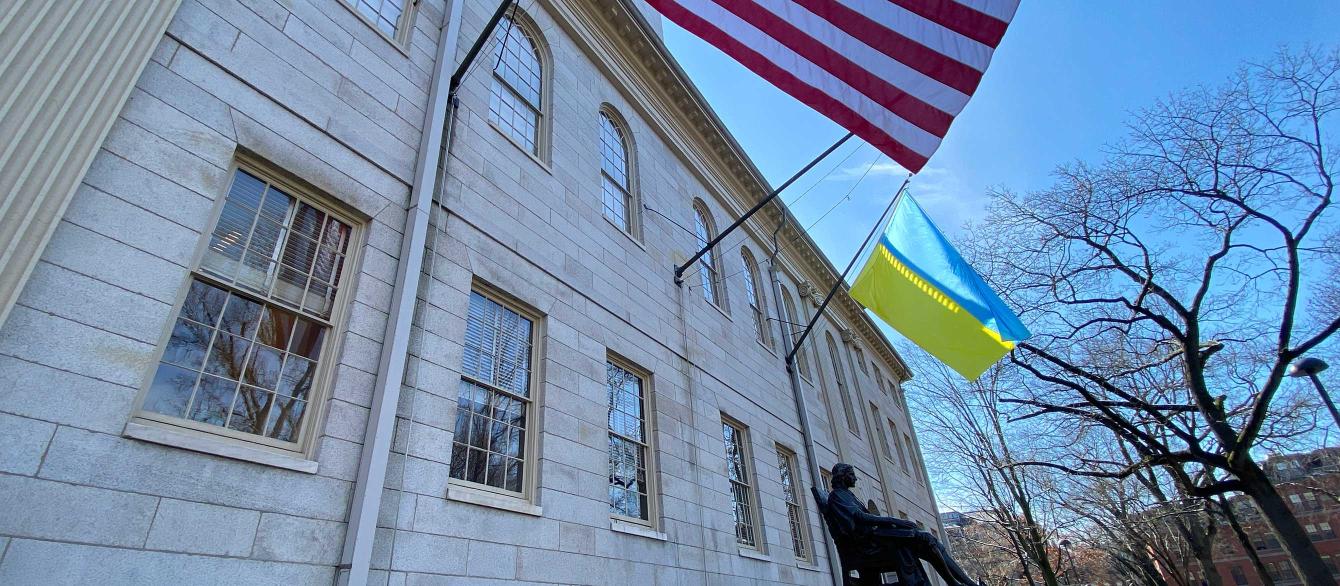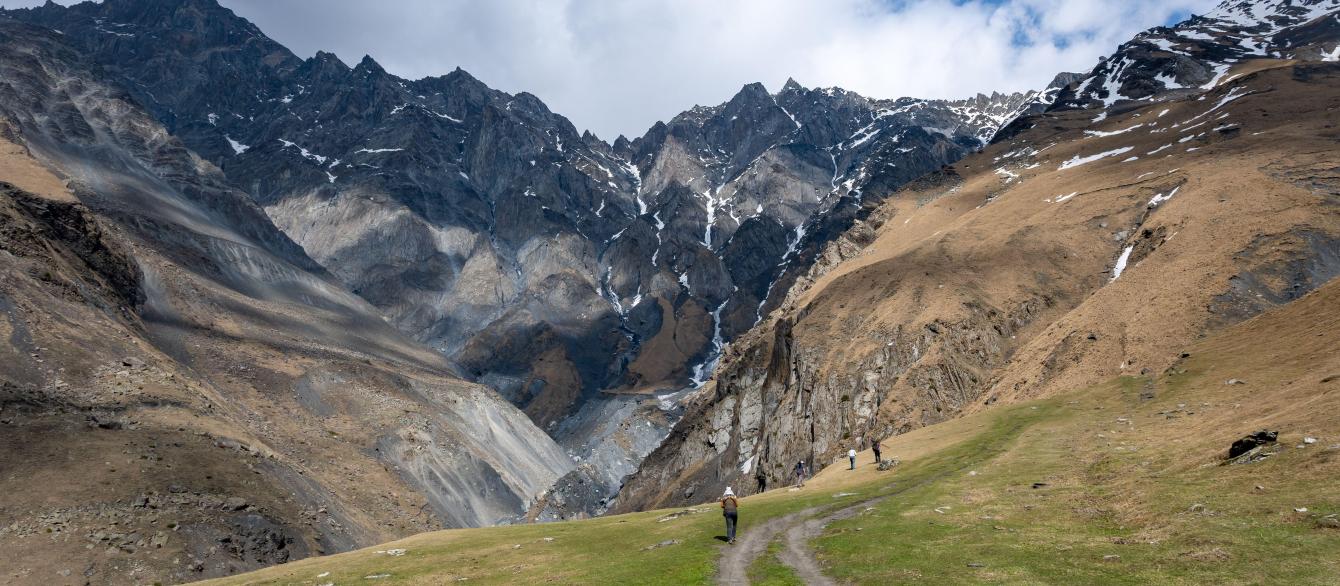Even among scholars, perceptions of Central Asia have been marked by two unfortunate trends in recent memory. First, centuries of imperial domination have forged conceptual molds that can seem as unbendable as iron. Second, important connections among the region’s now independent states have been eclipsed by a preoccupation with teleological nation-building accounts.
It's high time to set the process of reconceptualization in motion — break the molds, restore the links. That was the chief aim of the international conference “Towards New Transnational/Transimperial Histories of Central Asia: Sources, Directions, Interpretations” held Aug. 20-22 in Kazakhstan’s capital, Astana.
As the conference name suggests, the emphasis was on both transnational and transimperial approaches, which have been applied fruitfully in the study of other regions to overcome simplistic binaries that shape narratives about the past. Migration, exchanges of goods and ideas, even foreign invasions starkly highlight the conceptual limitations of national borders and ethnographic divisions, while the persistence of imperial practices and local resistance to those practices challenges conventional historical periodizations. Together, the two approaches foster a new vision of Central Asia’s recent history, wherein modernity and tradition, colonizer and colonized, metropole and periphery are not stacked hierarchically but woven into a complex tapestry of cooptation, cooperation, and conflict.
Below, we highlight several conference presentations by Davis Center affiliates who have joined the search for new narratives, tapping into new methodologies and sources — often showing how the upheavals of the 20th century affected ideas about governance, citizenship, and identity in Central Asia, abetting or hindering a transition from the late-Soviet to the post-independence era.
The idea for the conference was developed by political scientist Nargis Kassenova, director of our Program on Central Asia, and Harvard-trained historian Mikhail Akulov (Ph.D., ’13), now at Nazarbayev University, which co-organized and hosted the conference. The other co-organizers were Almaty-based think tank CAPS Unlock and Qalam, a multimedia project focusing on the history and culture of Kazakhstan, Central Asia, and the Turkic world.
If you’re a fan of podcasts, here are three episodes recorded on the sidelines of the conference by the CAPS Unlock team: on Central Asia’s archives, on the emergence of regional borders through protracted bargaining between Moscow and local elites, and on a recurring paradox in Soviet Central Asia — that culture was steered by the state, yet the results often felt vivid and genuine.
Presentations by Davis Center Affiliates
Mollie Arbuthnot, a 2024-2025 postdoctoral fellow in history at the Davis Center, presented on an invaluable ancient manuscript known as the ʿUthmān Quran: Taken from its home of 400 years in Samarkand to St. Petersburg in 1868, it gradually returned to Turkestan after the October 1917 revolution as Russia’s Muslims made new claims to political authority. The Quran’s journey marks a remarkable and remarkably early case of a (formerly) colonized people, Muslims in imperial Russia, successfully reclaiming their cultural property from an imperial center on the principle of decolonization, learning to “speak Bolshevik” effectively enough to have “their” Quran given to them.
Leora Eisenberg, Harvard Ph.D. student in history, presented on Soviet Uzbek estrada and the invention of “Eastern” music: Why did estrada — a light, stage-oriented popular genre that took off after Stalin’s death — lean so heavily in Central Asia on repertoire from the “foreign East” while using European orchestration? The reasons varied, but all were rooted in the time and place where they sprouted: to appeal to young Uzbeks and graduate sufficient numbers of them from conservatories, to cater to Afro-Asian cultural delegations in the Cold War battle for hearts and minds, to institutionalize “acceptable forms of nationhood” amid Soviet policies encouraging cultural diversity. (Tired of reading? Kick back and listen to Botir Zokirov’s “Arabic Tango.”)
Mark Kramer, director of our Cold War Studies program, gave a keynote talk on the USSR as an empire and a system: Paradoxically, the Soviet Union took an anti-imperialist stance — both in rhetoric and in support for guerrilla movements fighting for independence from colonial powers — but was itself an immense empire, eventually extending beyond the vast territorial holdings of its tsarist predecessor. All elements of this peculiar empire were shaped by a Marxist-Leninist-Stalinist system based on the unchallenged dominance of a one-party Communist state. Only by bearing in mind this empire-system dynamic can we understand why the Soviet state survived as long as it did, why it fell apart, and why its legacy is still so baleful in Russia and other former Soviet republics today.
Yipeng Zhou, an alumnus of our REECA Master’s Program now pursuing a Ph.D. at the University of Michigan, presented on Russian copper pricing from the 18th century until the Bolshevik Revolution: Prices and pricing have historically been shaped by contextual factors that reflect and affect the ways a society conceptualizes the meanings and goals of economic activity. Despite the growing prominence of market imperatives in late imperial Russia, copper pricing was never driven purely by market forces but remained embedded in a moral economy that aimed to achieve a balance between private enrichment and state prosperity, prioritizing a vision of the common good. In the long term, this history indicates that state-led socialist economic planning in the Soviet era did not arise in a vacuum.




